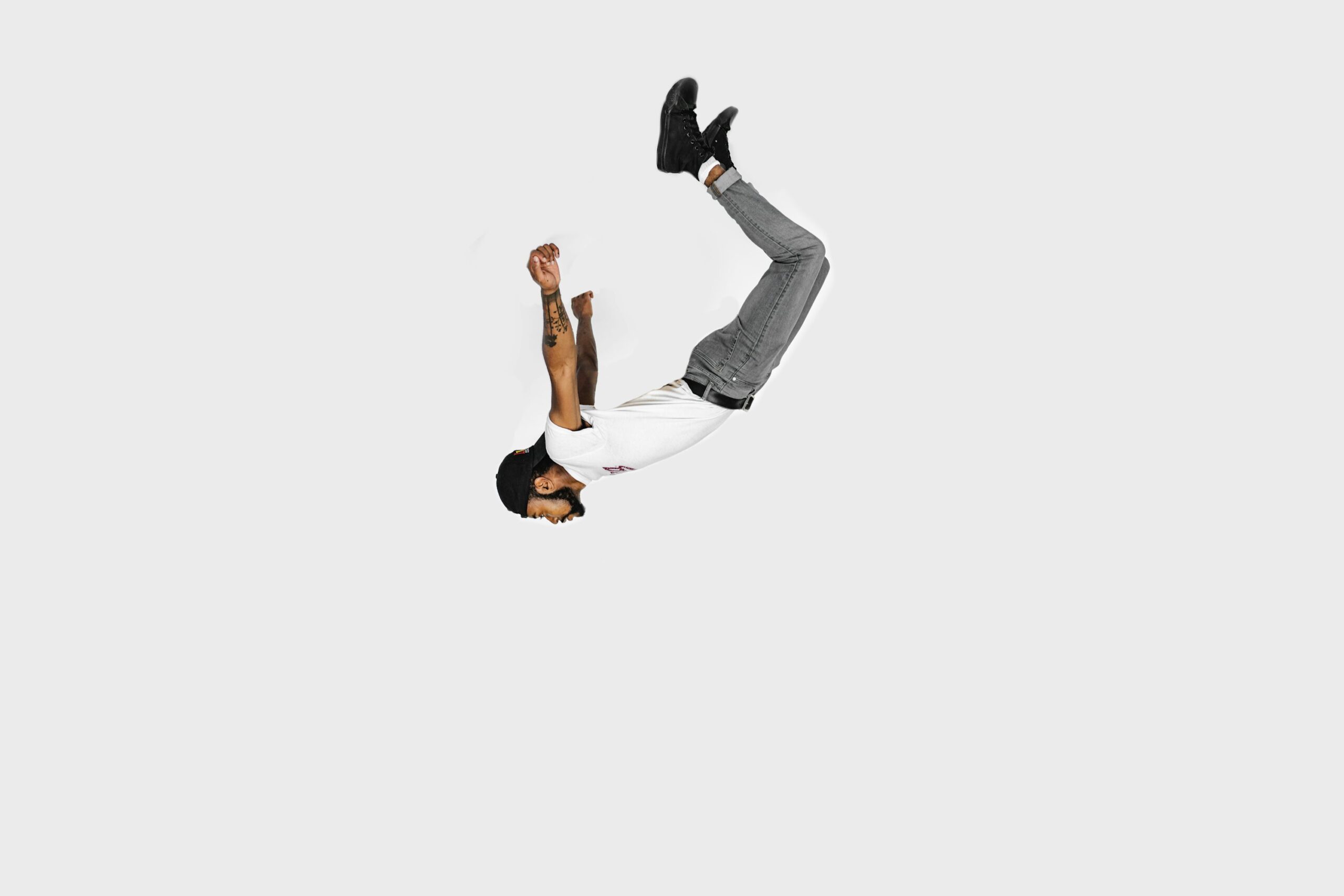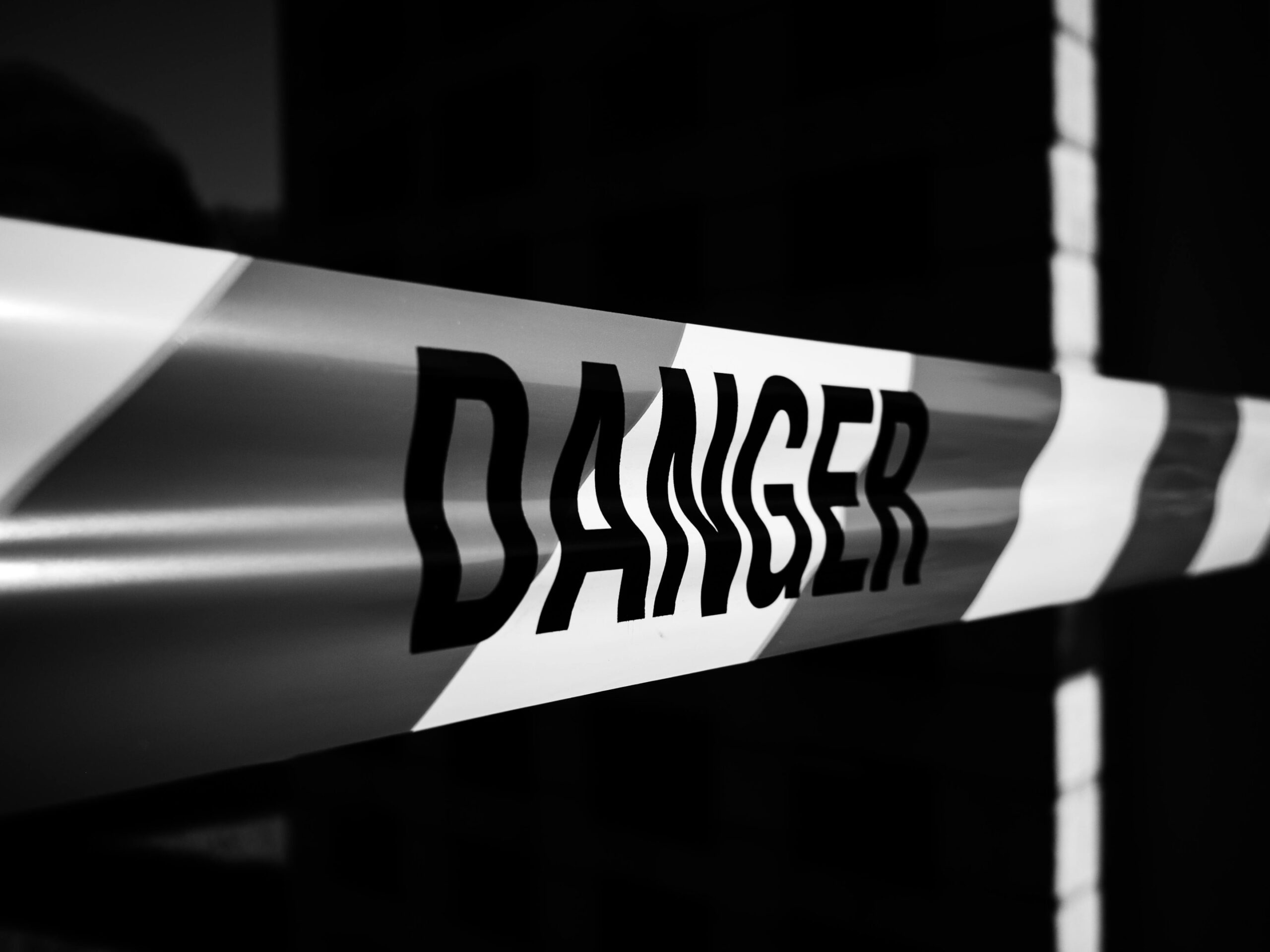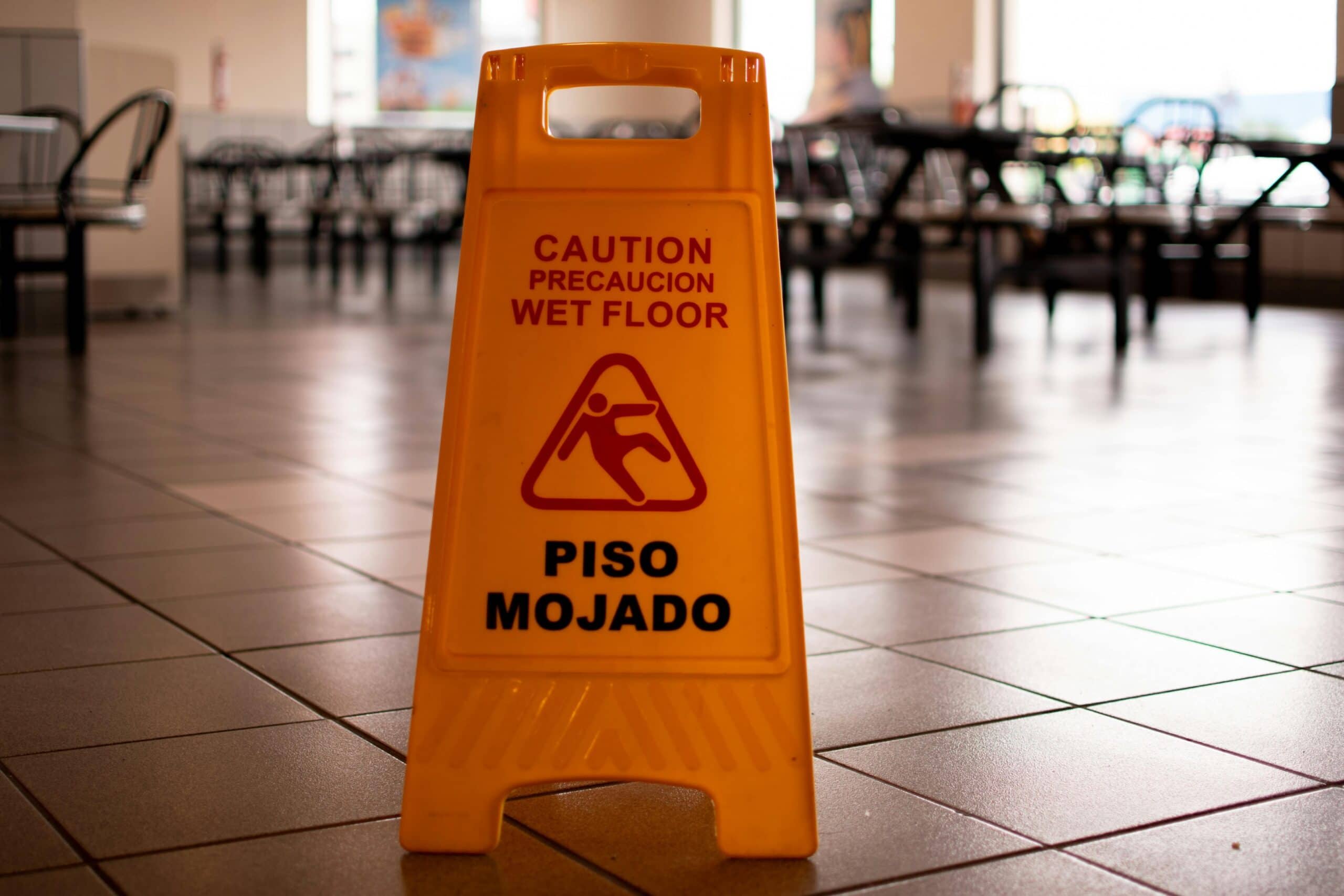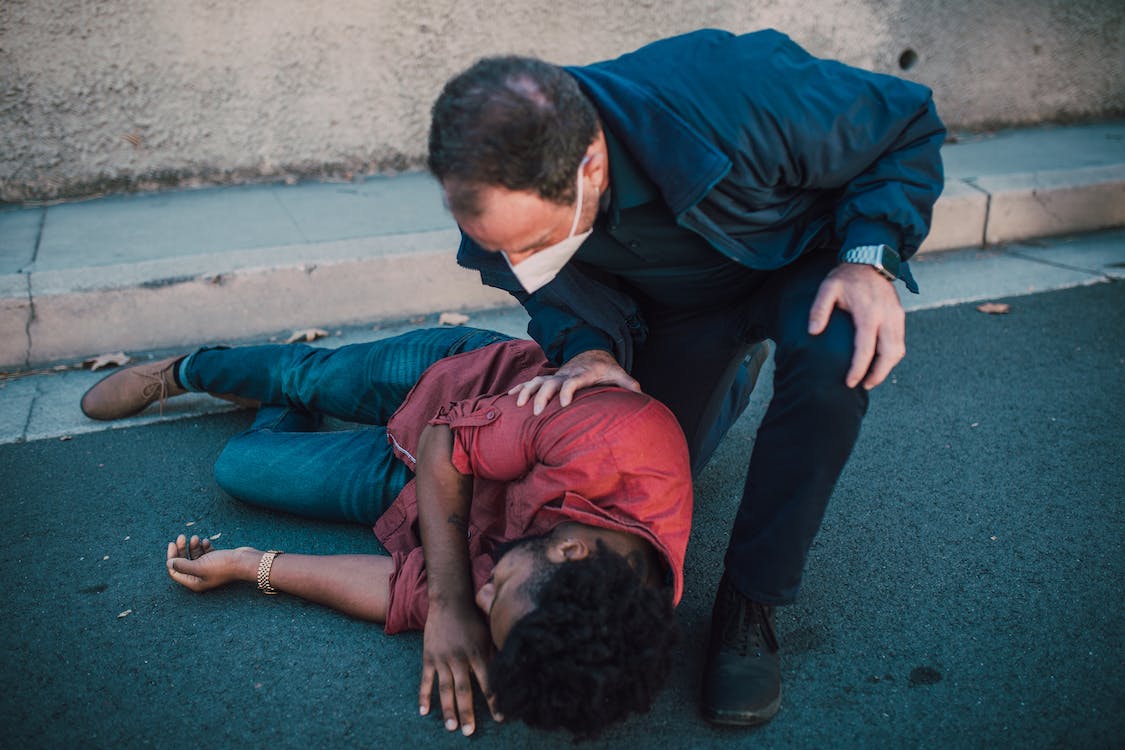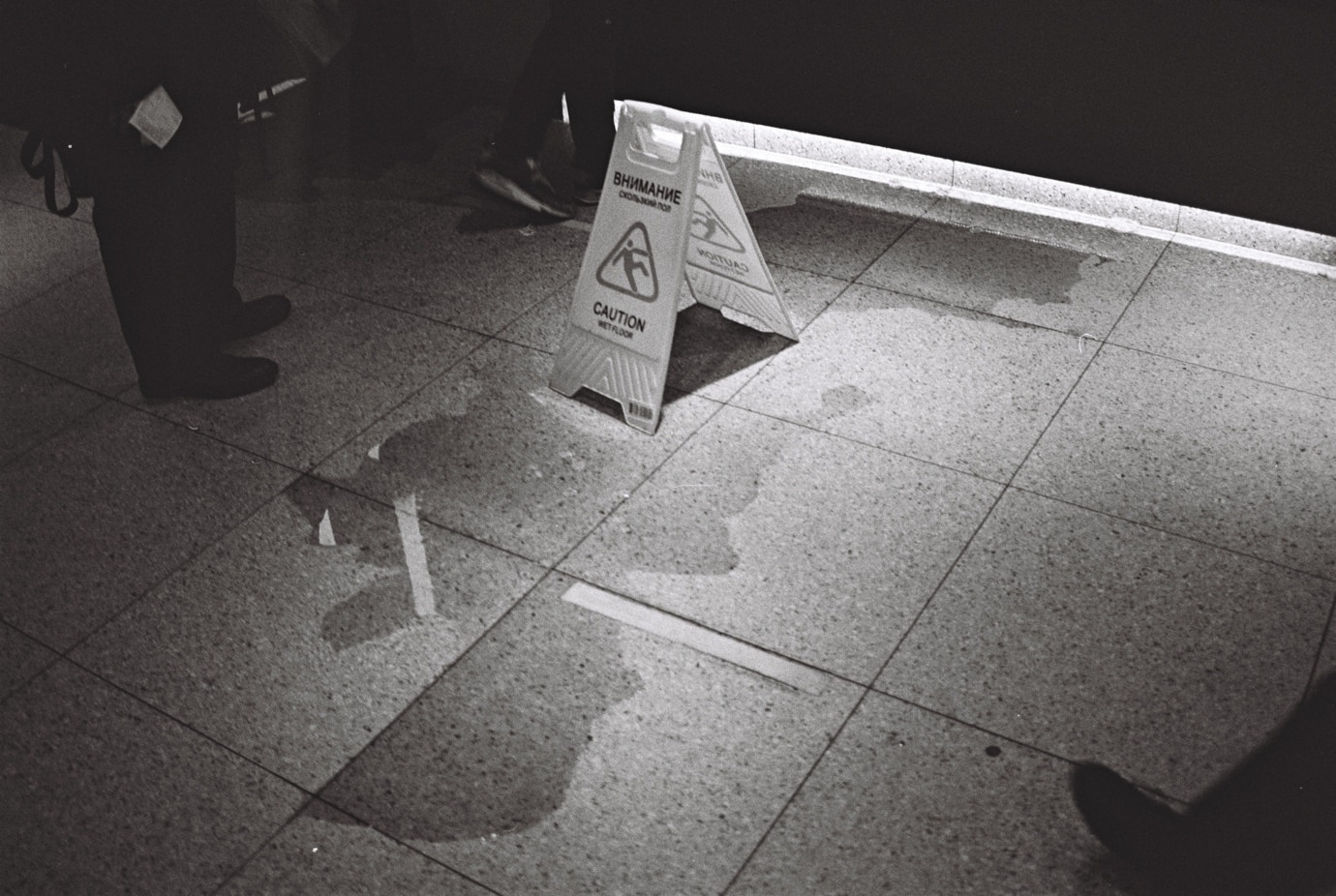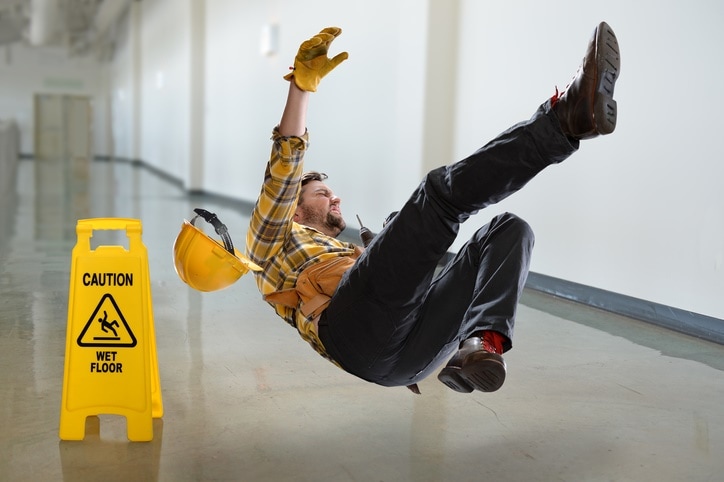
Slip-and-fall accidents can happen in an instant, yet their consequences can linger for a lifetime. In Nevada, as in many other states, knowing your rights and understanding the legal framework surrounding slip-and-fall incidents is crucial. If you’ve experienced a slip-and-fall accident on someone else’s property, you might be wondering, “How long after a slip-and-fall can you sue?” Let’s delve into this question and explore the various aspects you need to consider.
Nevada’s Slip and Fall Statute of Limitations
According to Nevada law, the statute of limitations for personal injury cases, including slip-and-fall accidents, is generally two years from the date of the incident. This means that you have two years from the date of your slip-and-fall to initiate legal proceedings against the responsible party. Failing to file a lawsuit within this time frame could result in your case being barred, and you may lose the opportunity to recover damages for your injuries.
Exceptions to Nevada’s Slip and Fall Statute of Limitations
While the two-year statute of limitations serves as a general rule, certain exceptions may apply in specific circumstances. For instance, if the slip-and-fall accident involved a government entity or occurred on government property, there may be stricter deadlines and additional requirements for filing a claim.
Additionally, if the injured party is a minor or lacks the mental capacity to pursue legal action, the statute of limitations may be tolled or extended until they reach adulthood or regain capacity.
Requirements to Bring a Slip and Fall Claim
Bringing a successful slip and fall claim in Nevada requires meeting certain legal requirements. One of the key elements in such cases is proving negligence on the part of the property owner or occupier. This typically involves demonstrating that:
The property owner had a duty of care to maintain safe premises.
The property owner breached this duty by allowing a hazardous condition to exist.
The hazardous conditions directly caused the slip and fall accident.
The accident resulted in measurable damages, such as medical expenses, lost wages, and pain and suffering.
Steps to Take Immediately Following a Slip and Fall Accident
In the aftermath of a slip and fall accident, taking prompt action is crucial to protect your rights and strengthen your potential legal claim. Here are some important steps to consider:
Seek medical attention: Your health and safety should be your top priority. Even if your injuries seem minor, it’s essential to undergo a thorough medical evaluation to assess any underlying issues.
Document the scene: If possible, gather evidence at the accident site, such as photographs of the hazardous condition that caused your fall and contact information for any witnesses.
Report the incident: Notify the property owner or manager about the accident as soon as possible and request that they document it in writing.
Preserve evidence: Keep records of all medical treatment received, as well as any related expenses, such as medical bills and receipts for out-of-pocket costs.
Consult with a personal injury attorney: Seeking legal guidance early on can help you understand your rights and options for pursuing compensation.
Should You File a Lawsuit After a Slip and Fall?
Deciding whether to file a lawsuit after a slip and fall accident is a significant choice that requires careful consideration of various factors. While some cases can be resolved through negotiations with the insurance company, others may necessitate litigation to achieve a fair outcome.
Before making a decision, it’s advisable to consult with an experienced slip-and-fall attorney who can evaluate the merits of your case, assess potential damages, and guide you through the legal process.
Other Factors Determining the Timing of a Lawsuit
In addition to the statute of limitations, several other factors can influence the timing of a slip-and-fall lawsuit. These may include:
Extent of Injuries: If you’ve suffered severe or long-term injuries, you may need time to fully understand the impact on your health and future medical needs before pursuing legal action.
Evidence Availability: Gathering evidence, such as witness statements or surveillance footage, may take time, particularly if the accident occurred in a public place or commercial establishment.
Insurance Coverage: The availability and limits of the property owner’s insurance coverage can affect the likelihood of recovering compensation and may impact the decision to pursue legal action.
Suing the Government: In various states, individuals must first file a “notice to sue” with the government entity before initiating a lawsuit. The timeframe for this notice requirement can vary, often ranging from as short as 30 to 60 days, depending on the state’s regulations.
Incapacity to File a Lawsuit: Severe brain injuries may render the injured party mentally incapacitated, preventing them from filing a lawsuit. In these situations, the time limit for taking legal action may be paused until the person is able to pursue it.
Defendant’s Absence from the State: If the defendant moves to another state or country following the incident, their absence from the jurisdiction may not count towards the statute of limitations. This absence could potentially extend the timeframe within which legal action can be pursued.
Navigating these factors requires careful strategy and advocacy to protect your interests and pursue the compensation you deserve.
How Long Does a Slip and Fall Case Take to Settle?
The duration of a slip and fall case can vary widely depending on various factors, including the complexity of the issues involved, the severity of the injuries, and the willingness of the parties to negotiate a settlement.
In some instances, a slip-and-fall case may be resolved relatively quickly through out-of-court settlements, while others may require extensive litigation and trial proceedings, which can prolong the process significantly.
Ultimately, the goal is to achieve a fair and just outcome that adequately compensates the injured party for their losses and allows them to move forward with their lives.
How an Attorney Can Assist You with the Statute of Limitations After a Slip and Fall Accident
Slip and fall accidents can result in serious injuries and significant financial losses. When navigating the complexities of the statute of limitations after such an incident, seeking the guidance of an experienced slip-and-fall accident lawyer can be invaluable. Here’s how an attorney can help you understand and navigate the slip-and-fall statute of limitations:
Understanding the Statute of Limitations: Attorneys clarify the time frame within which you must file a personal injury lawsuit after a slip-and-fall accident.
Timely Filing: They ensure all necessary paperwork is filed correctly and on time to avoid missing the statute of limitations deadline.
Gathering Evidence: Attorneys collect relevant evidence like incident reports, surveillance footage, and medical records to support your case.
Assessing Liability: They determine who may be held responsible for the accident, such as property owners or managers.
Identifying Exceptions: Attorneys recognize any exceptions to the statute of limitations, such as cases involving minors or incapacitated individuals.
Negotiating with Insurance Companies: They negotiate with insurance companies to seek fair compensation for your slip and fall injuries and damages.
Exploring Legal Options: Attorneys advise on whether litigation is necessary and guide you through the legal process if settlement negotiations fail.
Protecting Your Rights: They advocate for your rights and ensure fair treatment throughout the legal proceedings.
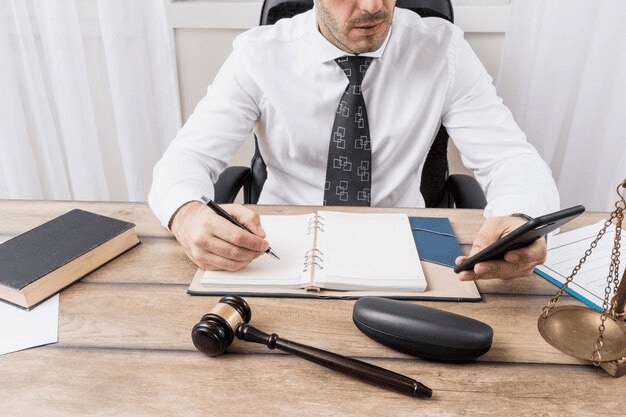
Contact BLG for Legal Help
In conclusion, if you’ve been injured in a slip-and-fall accident in Nevada, understanding your rights and legal options is essential. By familiarizing yourself with the statute of limitations, legal requirements, and other pertinent factors, you can take proactive steps to protect your interests and seek the compensation you deserve.
Remember, time is of the essence when it comes to pursuing slip and fall claims, so don’t delay in seeking legal guidance if you’ve been injured due to someone else’s negligence. With the help of an experienced personal injury attorney, you can navigate the complexities of the legal process and work towards a favorable resolution of your case.
If you’ve experienced the turmoil of a slip-and-fall accident, don’t navigate the legal maze alone. BLG is here to guide you through every step of your journey towards justice. Our dedicated team of attorneys specializes in personal injury cases, including slip-and-fall accidents, and we’re committed to fighting tirelessly on your behalf.
Contact us today for a free consultation.
